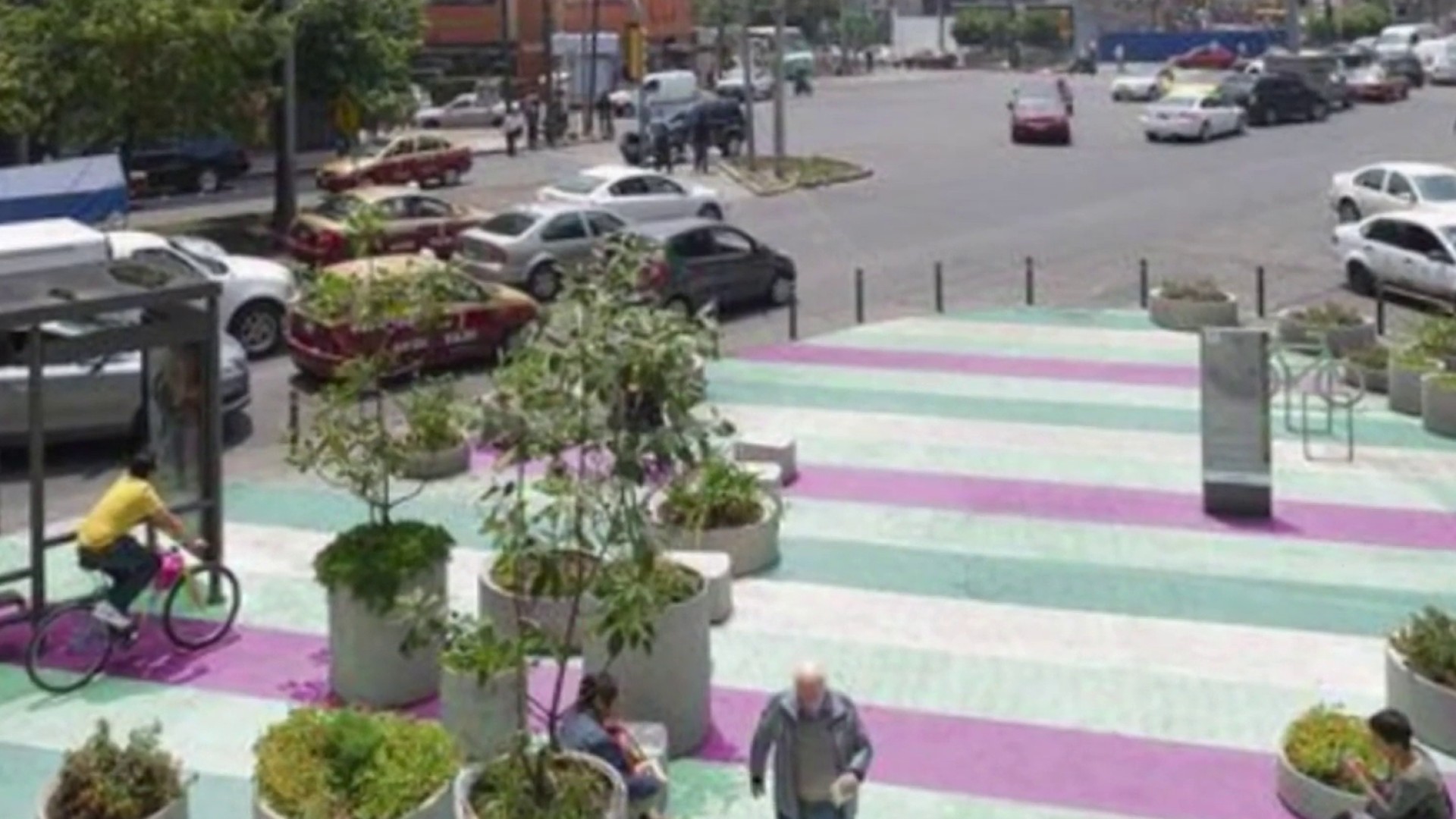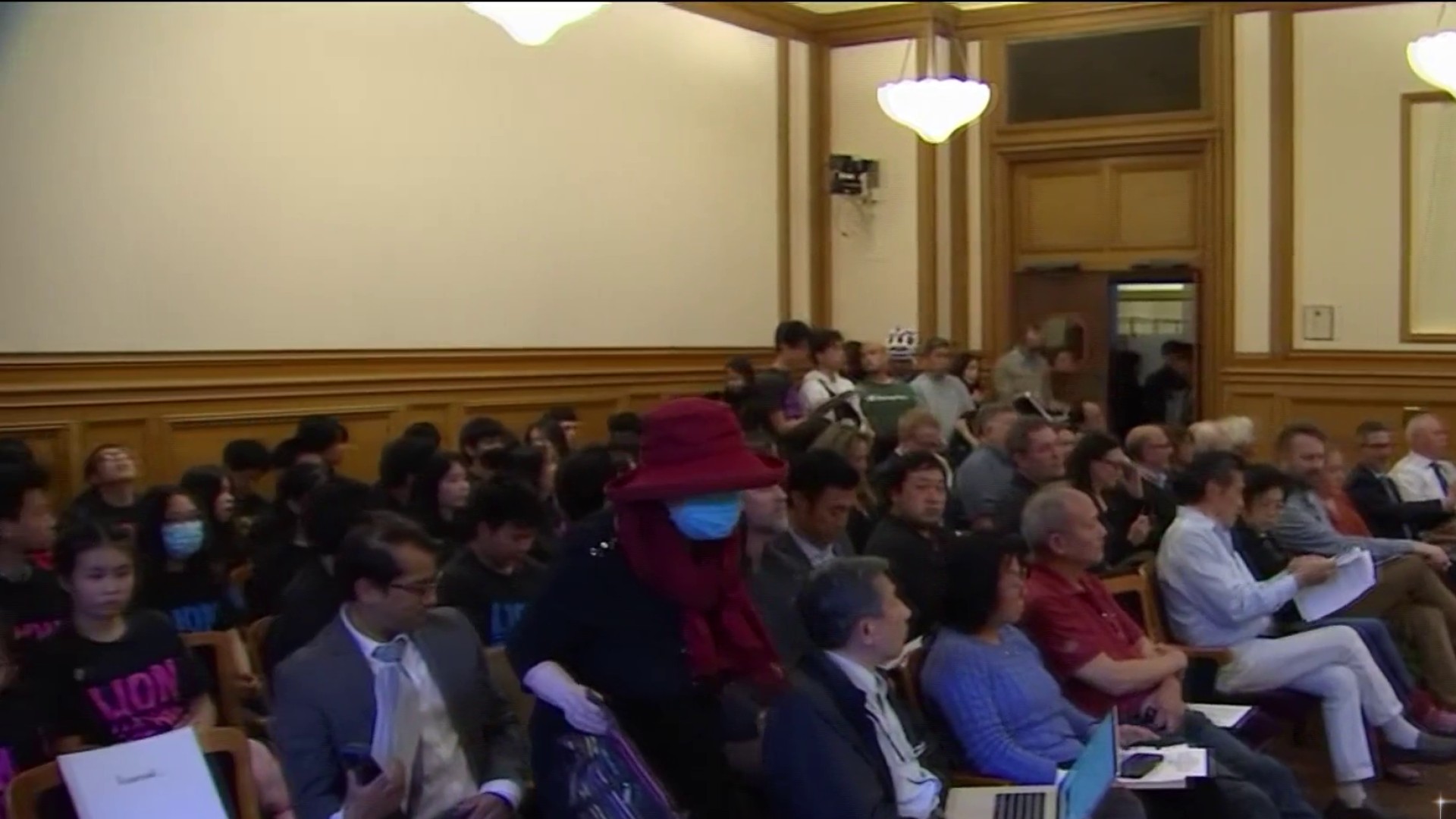A conveyor belt ferried a load of pale green grapes up a ramp and into a whirring machine that squeezed them free of their juice, sending a stream of soon-to-be-wine trickling into a vat in what may be the winery of the future.
This teaching winery on the campus of U.C. Davis in Yolo County was designed for the cutting edge of wine production. There are no charming rotted-out barns flanking the vineyards or heirlooms of the winery’s forefathers. Sleek steel fermentation tanks are perched like robotic aliens looming over dozens of smaller steel barrels adorned with blinking lights.
“We make wine more precisely than anyone on the planet,” boasted Enology professor Roger Boulton.
Boulton darted through the winery pointing out all its bells and whistles including an array of digital monitors on fermentation tanks that can be read by smart phone.
“I could be in China and I could see that number,” Boulton said.
But what squared-up the viticulture program’s state-of-the art winery with the future, is that it was keenly designed to ride out a drought. A really bad drought.
“The intention,” Boulton said, “was to design a winery which would operate in what we call a self sufficient or self sustainable mode.”
It’s probably not too much of a stretch to say the rest of the world could go to hell, and UC Davis’ winery could still turn out a nice cabernet. Boulton said the winery was designed with the idea of producing its own energy and water, even in years where there is little.
Local
The winery’s rooftop was covered with solar panels supplying the kind of juice that powers building lights and electrical systems. Pipes are embedded beneath the floor of the tanks to recycle water used for washing them. And that washing, Boulton explained, is the biggest consumer of water in any winery.
“Typically people do once-use,” Boulton said. “They would wash the tank and it would go in the drain.”
But in UC Davis’ winery, the same water is reused. And reused. And reused. It’s treated with chemicals which are also reused — meaning the same batch of water can go on to clean many more tanks instead of getting flushed into the ephemera.
“When I wash the next tank,” Boulton said crouching beneath a hulking silvery tank, “ninety-percent of the water will be used in the washing of that tank.”
Boulton explained the winery’s next step toward full water independence was the array of massive steel flanking the yard outside which will soon begin capturing rainwater. Even in years of drought and minimal rain, Boulton said the tanks could capture enough rain to keep the winery in business for two years.
“We’re able to use rainwater from six months ago in September because we stored it in tanks,” Boulton said.
But the feather in the cap of the program is the decidedly modern building rising on the winery’s grounds. The warehouse-like Jess. S. Jackson Sustainable Winery will house the school’s sustainable laboratory where new systems will be tried-out.
Boulton said the building will house a room of recycled car batteries that will fill with solar electricity during the day and power the winery at night. Another room will sequester carbon gasses from the fermentation process and convert them into chalk for a plasterboard company. A solar-powered ice maker will create cold water for use throughout the winery. Many of the new systems are expected to be up and running by next year’s harvest.
“We’re getting off the grid,” winemaking instructor Charles Brenneman said, “and that’s the greatest thing.”
Boulton said the idea was that the winery and its systems could be plunked down anywhere in the world, and operate even in brutally dry conditions — places like India or China.
“We want to show the industry and the rest of the nation,” said Jill Brigham, Director of the Center for Sustainable Wine and Food Processing, “you can process wine using less water and less energy than is industry standard.”
Boulton said the real bragging rights would come once the systems were fully operational, and excess water and energy created in the winery would help power other campus buildings. As he paced across the vast length of the new building, Boulton glanced around, imagining students running experiments and making wine in ways that had never been imagined even twenty years ago.
“I want people to experience and understand why this is working,” he said, “not tell them.”



